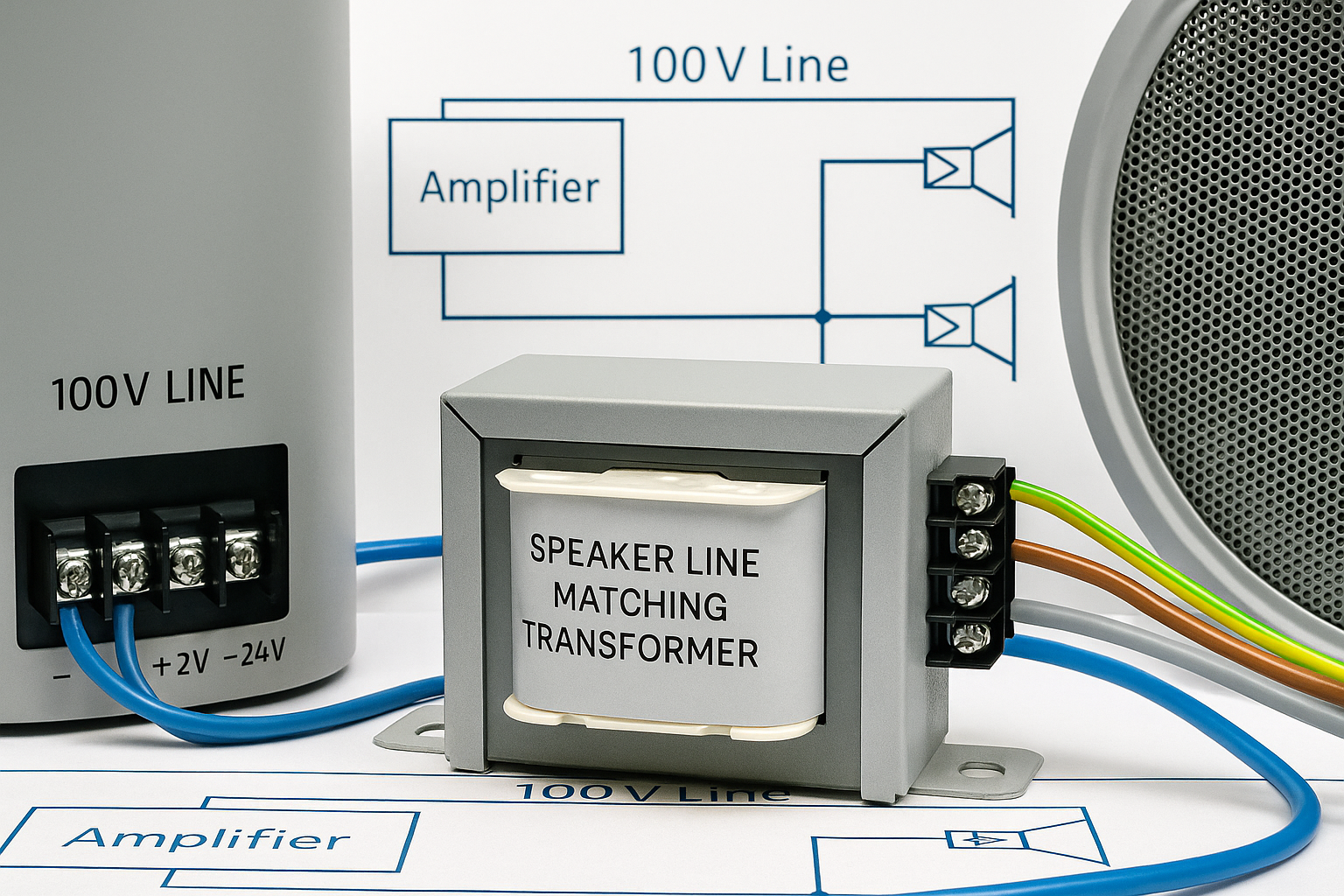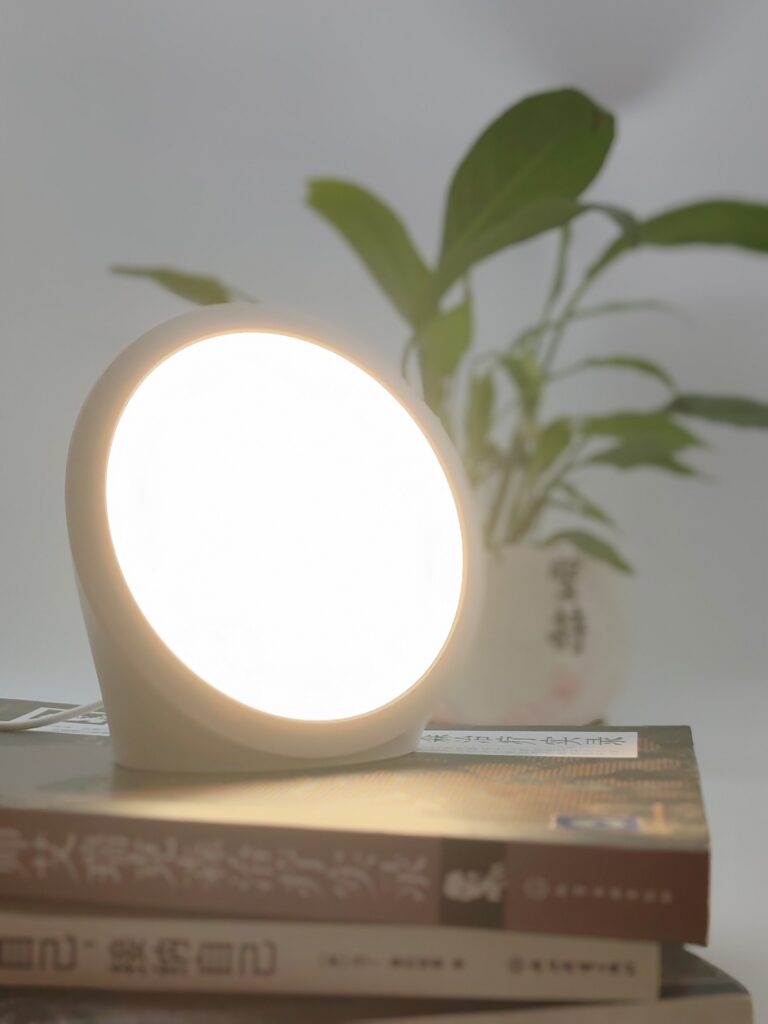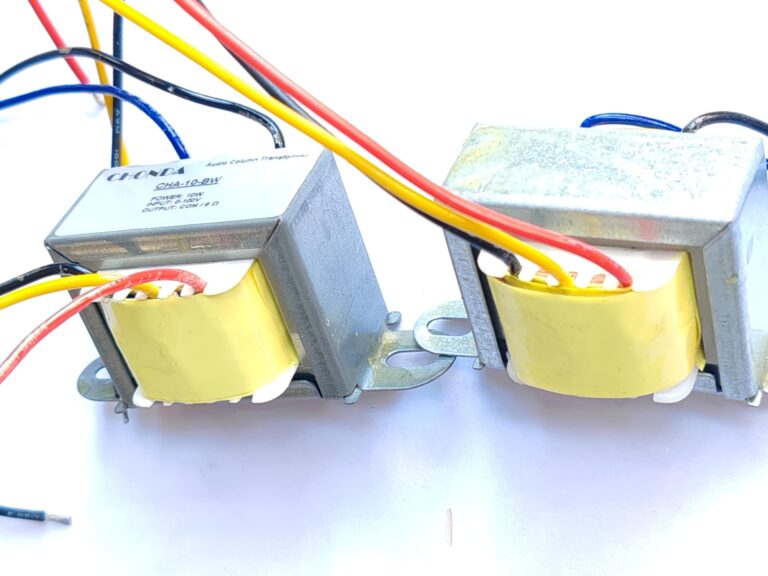We help the world since 2012

Best Speaker Line Matching Transformer: How to Choose the Right One for Clear Sound
In previous articles, we introduced the 70V/100V audio transformer and its crucial role in PA (public address) systems. Now, let’s dive deeper into selecting the right speaker line matching transformer to ensure efficient operation, clear sound, and minimal power loss.
Why Is a Speaker Line Matching Transformer Necessary?
(If you’re unfamiliar with 70V/100V audio transformers, check out our introductory guide before continuing.)
In previous articles, we introduced the 70V/100V audio transformer and its crucial role in PA (public address) systems. Now, let’s dive deeper into selecting the right speaker line matching transformer to ensure efficient operation, clear sound, and minimal power loss.
In a PA system, multiple speakers connect to a long-distance audio line. Without a matching transformer, problems like impedance mismatch, power loss, and sound degradation may arise. In some cases, equipment damage can also occur, making proper matching essential.
Key Functions of a Speaker Line Matching Transformer
✔ Impedance Matching – Prevents signal loss by ensuring compatibility between the amplifier and speakers.
✔ Voltage Conversion – Converts 70V/100V high-voltage signals into a lower voltage that suits speaker requirements.
✔ Signal Optimization – Maintains clarity and reduces degradation over long-distance audio transmission.
Unlike standard audio transformers, high-power speaker transformers require better power handling, lower distortion, and high efficiency, particularly in large-scale broadcasting applications. Thus, selecting the correct transformer is crucial.
Essential Factors to Consider
1. Input Voltage Compatibility
To ensure stable performance, the transformer’s input voltage must match the amplifier’s output voltage. For example, a 70V amplifier should pair with a 70V transformer.
🔍 Always double-check the amplifier’s output voltage before selecting a transformer—this ensures stable performance and prevents equipment damage.
2. Power Rating
The transformer’s power capacity should align with the speaker’s power needs. Here’s a general guide:
- 10W-30W → Suitable for conference rooms, shopping malls, and classrooms.
- 50W-100W → Ideal for outdoor broadcasting and large venues.
- 100W+ → Recommended for long-distance transmission in factories or airports.
⚡ Choose a transformer with enough headroom to avoid distortion and ensure reliable operation in high-volume environments.
3. Impedance Matching
Proper impedance matching is critical for optimal sound quality. The transformer’s input impedance must match the amplifier output, while its output impedance should match the speakers (e.g., 4Ω, 8Ω, or 16Ω).
🎧 Proper impedance matching not only protects your equipment but also delivers consistent sound quality across all connected speakers.
4. Wide Frequency Response
To deliver clear and distortion-free audio, the transformer should support a broad frequency range (50Hz-20kHz). This ensures accurate sound reproduction across various frequencies.
🎶 A transformer with wide frequency response is especially important in applications where voice clarity and music fidelity are both crucial.
5. Low Distortion
Audio clarity improves when distortion is minimized. Choosing a transformer with THD <1% helps maintain high-fidelity sound.
🔊 Low distortion is the key to delivering clean, intelligible audio in PA systems, particularly in speech-focused environments like conference rooms or schools.
6. Durability & Protection Features
For outdoor environments, selecting a transformer with IP54+ protection is necessary. This safeguards the unit from dust, moisture, and weather-related damage, significantly extending its lifespan.
🛡️ A rugged design ensures long-lasting performance in harsh environments.
7. Installation Type
Different systems require different installation methods:
- Indoor PA systems → Often use recessed transformers for a clean setup.
- Outdoor and high-power applications → Typically require wall-mounted transformers for easy access and durability.
🔧 Select the right form factor to simplify maintenance and installation.
Choosing the Right Transformer for Different Applications
| Application | Recommended Transformer | Key Features |
|---|---|---|
| Conference rooms, malls, classrooms | 10W-30W | Crisp sound, wide frequency range. |
| Outdoor areas (parks, stadiums) | 50W-100W | High power, weatherproof design. |
| Long-distance transmission (factories, airports) | 100W+ (100V system) | Stable signal, minimal attenuation. |
Frequently Asked Questions Of speaker line matching transformer
Q1: Can I use a speaker line matching transformer for my home audio system?
A: No. Home audio systems typically operate with low-impedance setups (4Ω, 8Ω), whereas 70V/100V systems are intended for commercial audio applications.
Q2: How can I tell if my speaker transformer is damaged?
A: Look for the following warning signs:
- Sound distortion or sudden volume drop
- Overheating components
- Fluctuating impedance readings (Use a multimeter to check).
Conclusion
Selecting the right speaker line matching transformer is essential for maximizing PA system performance. Whether you’re setting up conference room sound, outdoor broadcasting, or long-distance audio transmission, choosing the correct transformer will significantly enhance sound quality and system stability.
If you have any questions about 70V/100V audio systems, feel free to reach out to Chonda Technology. We’re here to help!
Learn more about transformer installation best practices in our detailed guide.
Still unsure about which transformer fits your project? Contact our experts or explore our full range of audio transformers.




